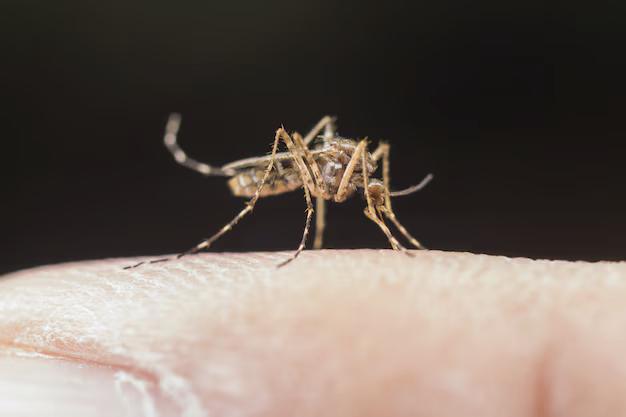Understanding Malaria Hotspots and Transmission Patterns
Malaria, a life-threatening disease transmitted by infected mosquitoes, continues to be a significant global health challenge. Despite concerted efforts, nearly half of the world’s population remains at risk, with millions of cases and hundreds of thousands of deaths reported annually.
In this article, we will explore the concept of malaria hotspots, and areas with disproportionately high transmission rates, and delve into the intricate patterns that govern the spread of this deadly disease.

KEY TAKEAWAYS
- Malaria hotspots are areas with significantly higher rates of malaria transmission compared to surrounding regions.
- Various environmental, socio-economic, and biological factors contribute to the creation of malaria hotspots.
- Identifying and targeting interventions in these high-risk hotspots is crucial for effective malaria control.
- Mapping techniques and visualizations provide valuable insights for tailoring interventions to local transmission patterns.
What are Malaria Hotspots?
Malaria hotspots are geographical areas or communities where the number of malaria cases is significantly higher compared to nearby places. These hotspots are like clusters of cases, often caused by a mix of environmental, social-economic, and biological factors that create perfect conditions for the disease to spread.
Identifying and targeting these hotspots is really important for effectively controlling malaria. If we can focus resources and interventions in these high-risk areas, public health authorities can make a bigger impact and potentially stop the transmission cycle.
Factors Influencing Malaria Transmission
The transmission of malaria is influenced by many different factors, and it’s this complex combination that contributes to the creation of hotspots. Environmental factors like climate, landscape, and urbanization play a big role in determining whether an area is suitable for mosquito breeding sites and for the malaria parasite to survive.
But it’s not just environmental factors. Social-economic factors, such as poverty, access to healthcare, and human movement, also significantly impact transmission patterns. Communities with limited resources and poor access to preventive measures and treatment often suffer the most from malaria.
And we can’t forget about biological factors—the behavior and characteristics of the mosquito species that spread malaria and the emergence of drug-resistant malaria strains make things even more complicated. Understanding all these factors is essential for developing effective control strategies targeted to specific areas.
Targeted Interventions in Hotspots
Once these hotspots are identified, targeted interventions become crucial. Vector control strategies, such as indoor residual spraying, insecticide-treated bed nets, and methods of all-natural mosquito control like larval source management, can be implemented in these high-risk areas to disrupt the transmission cycle and reduce the burden of the disease.
And let’s also not forget that effective case management and surveillance measures, including prompt diagnosis and treatment, active case detection, and reactive case detection, can help contain the spread of the disease within hotspots and prevent further transmission.
Mapping Malaria Hotspots
Using spatial epidemiology and mapping techniques has become really important in the fight against malaria. By collecting data through methods like health facility surveillance, community surveys, and remote sensing technologies, researchers can identify clusters and hotspots using advanced statistical methods and Geographic Information Systems (GIS).
These malaria risk maps and visuals of transmission patterns are super valuable for decision-makers. They provide key insights, allowing them to better allocate resources and tailor interventions to local contexts.
Challenges and Future Directions
While the concept of targeting and suppressing potential malaria zones holds promise, several challenges persist in implementing targeted interventions. Operational challenges, such as limited resources, logistical constraints, and community engagement, can hinder the success of these efforts.
Moreover, emerging threats like drug resistance, climate change, and rapid urbanization further complicate the landscape, necessitating the integration of novel technologies and approaches. Genomic surveillance, artificial intelligence, and predictive modeling likewise offer exciting avenues for enhancing our understanding and response to this idea.
Nonetheless, cross-border collaboration and regional initiatives are essential to addressing the transnational nature of malaria transmission, ensuring coordinated efforts and shared learning across borders.
In a Nutshell
Understanding malaria hotspots and the intricate transmission patterns that shape them is crucial in our ongoing battle against this devastating disease.
By leveraging spatial epidemiology, targeted interventions, and the integration of novel technologies, we can make significant strides in disrupting the transmission cycle and reducing the burden of malaria on vulnerable communities worldwide.


